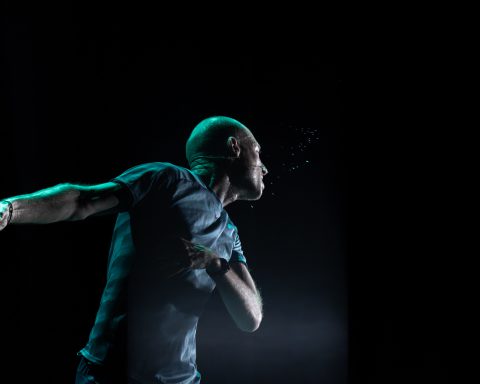The human world we knew no longer exists. Welcome to the new era full of doubts and fears. Unbound virality enabled our time of uncertainty. And yet we are ready for a new life mastery that will be challenging and demanding. We can start over: vulnerability makes us all stronger and more resilient. That includes art galleries. Currently, one can only look from a point of observation, with not even the slightest possibility of physical interaction.
The exile from public space, as expected, turned into a massive migration into the information space.
A global flash mob with calls to stay at home and go out only when absolutely necessary manifests presence as a new value. The state of interrupted collectivity intensifies the feeling of existential loneliness. The dull routine behind the boarded windows spawns a new importance of attending and being somewhere, anywhere.
Bodies in cyberspace
Substitutes for physical interaction, painstakingly created in the past decades, found the widest possible use at the beginning of 2020. We are all now locked in technologies that allow a person to communicate indirectly, in the digital field. This communication, and life altogether, is characterised by chaos, layering of events over each other. We are forced to be present bodily, i.e. turn on the camera. However, being present, a person does not pay attention to what is happening. Presence becomes the most scarce economic resource.
Corporeality is imitated, and digital primacy is splitting attention leading to delusive experience. Our web incarnation no longer needs a connection with our body. However, the replication of the digital image is devalued due to its excess and ease in its creation. The pandemic solutions are seemingly offering undue content and unlimited access to world museums, literature, podcasts, and other online adventures. They are blurring the idea of the world and excluding humanity from companionship.
Galleries go online
The coronavirus pandemic contributed to the boom of online exhibitions. These projects, just like many other Internet entertainments, used to happen before as well. Nevertheless, they clearly gained a completely new reputation, possibilities, and audience.
While there is no established criteria and precise understanding of the digital exhibitions, it is interesting to identify how galleries adjusted to the ongoing turmoil. Leipzig was, and continues to be, no exception.
The Grass is Greener Gallery has carried on with physical exhibitions. Over the last year, it held seven shows. Each one carefully articulated the artist’s practice and was digitally distributed in the form of texts, interviews, and exhibition views. Esther Niebel, gallery founder and curator, emphasises that “in interesting times” art and culture serve as a lifeline for reflecting one’s being. She is optimistically convinced that a real exhibition makes a difference, even during a lockdown.
Flexibility is everything
Visual culture and its traditional channels of representation require human presence as a symbolic exchange with energy, knowledge, and impressions. Galleries and museums are the first to suffer from quarantine absenteeism. Arne Linde, director of the ASPN gallery, justifiably calls last year’s art management efforts “an exercise in flexibility”. The illusory unshakable division between the world of museums and the world of commerce, residency and mentoring, permanent staff and invited experts has been virtually bridged.
Anka Ziefer, director at the G2 Kunsthalle, points out that flexibility for a state museum implies remaining open (albeit not physically) as well as being able to invite and meet people to discover and discuss art.
Systems in place
During the legally described first quarantine exit stage, a booking system is required. According to the Ordinance of the Saxon government, access to museums is only allowed with prior online reservation for a specific time slot. G2 Kunsthalle has been using such a reservation system for six years. Apart from that, Anka underlines the crucial importance of online communities, short stories, and instant feedback. The videos are definitely different from the live tours in terms of the art mediation and education. When people are there, the conversation has potential for expanding in other directions. Still, no pandemic can change the essential museum’s mission and its fundamental plans.
Total digitalisation is steadily leading to the fact that the art market (perhaps for the first time so obviously) is losing its elitism and becoming more democratic.
Such a noticeable influx of “fresh blood” into the market has also created a unique situation. Thanks to the development of online projects, many artists have found a chance to promote their artworks online. Undoubtedly, the virtual twist will never replace the warm contact you can have with people, the smell of the hall, the textures of fabrics, or the perfect lighting.
Artists and society adapt
However, Lætitia Gorsy, founder of the SheBAM gallery (exclusively representing women artists), highlights that society has adapted itself and identified multiple creative ways to stay safe. She sees being prepared for crises as part of life. The gallery will continue to support women artists as it has done since its inception. Admittedly, Lætitia is looking forward to the art fairs, art studio visits, and artist talks happening beyond the screen.
PILOTENKUECHE International Art Program has been experimenting with the new interaction models. Outdoor exhibitions appeared to be a successful attempt to break the pandemic stalemate. They are also running online residencies, where artists from all around the world get a chance to meet and work on new subjects and techniques together, resulting in collaborative projects. These artworks are later presented in physical spaces throughout Leipzig. In addition, last summer they invited a Greek curator, Stefie Stouri, to arrange two exhibitions at Kunstkraftwerk (KKW). Never having set a foot in the space, she curated the first from Athens, and the second from Amsterdam.
Online outreach and collaboration
Therefore, as weird as it may seem, there are wide perspectives for digital nomadism in the art sphere revealed by the COVID-19 measures. Franziska Jaster, senior director at the Eigen + Art gallery, also acknowledges a stronger focus on the digital strategies. They started making short films about the exhibitions, recorded Zoom interviews with the artists, and generally broadened their digital presence. They even have a webshop. Internet activities and an e-archive facilitate the integrity and continuity of the gallery.
The Leipzig art scene has managed to survive and evolve in accordance with the challenges of the Covid era. Having reinforced their online resources, galleries found new approaches to stay close to the public.
These transformations have explicitly long term consequences not only for the creative professionals, but for human perception of art in general.
If the new temporary reality is betrothed with stretched out temporality and home isolation can now be registered as social life, we shall look forward to the sensory experience. Tactility and spontaneous rendezvous go far beyond Zoom meetings and virtual white cube walls. Live events in physical spaces will remain valuable, but it is clear we have gained a new way of seeing art.
written by Andrii Myroshnychenko
Current and upcoming exhibitions:
west
The Grass is Greener Gallery
WHAT WILL BE WILL BE
Undine Bandelin, Elisabeth Ehmann, Jörg Ernert, Agnes Lammert, Martin Mannig, Maribel Mas, Antonio Mesones, Martin Paul Müller.
16 Jan – 3 Apr
Upcoming:
RESERCHEN
Johannes Nagel & Tino Geiss
10 Apr – 8 May
ASPN
Demo Mode Society
Rufina Bazlova, Fabian Bechtle / Leon Kahane, Sebastian Jung, Lea Petermann, Andrzej Steinbach
1 Mar – 27 Mar
Upcoming:
Jochen Plogsties: from Tizian to Monet
10 Apr – 22 May
SheBAM! gallery
Shell talks
Solo Io Burgard exhibition
1 Feb – 31 Mar
Appendix
Parallel group exhibition. Io Burgard, Céline Germès, Céline Le Gouail, Gaëlle Leenhardt, Theresa Möller, Anna Nero, Chloé Piot, Sarah Pschorn, Dorothée Louise Recker, Wilma Schnell, Paulina Semkowicz, Winnie Seifert & Galamb Thorday
1 Feb – 31 Mar
Upcoming:
Scroll
Ana Castillo
10 Apr – 22 May
Eigen + Art gallery
Inside a Screensaver
Martin Groß
1 Feb – 3 Apri
city center
G2 Kunsthalle
LUFT IN ALLEN ZIMMERN
Gregor Hildebrandt
16 Oct – 16 May
south
Galerie KUB
Score
Therese Lippold (DE) , Catherin Schöberl (DE), Emily Wisniewski (US), A. Morgan McKendry (US), Dalia Kiaupaite (LT)
Presentation of the artworks created during the PKORP#1
the first online residency of PILOTENKUECHE International Art Program
26 March also on zoom
Exhibitions can now be visited online and also offline by appointment (via email or text). Contact details and working hours require specification. Mask and social distance are mandatory.

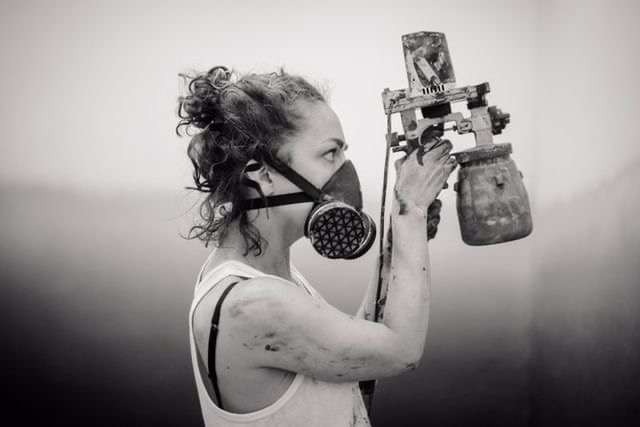
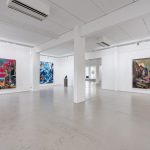
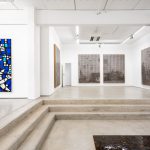
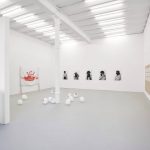
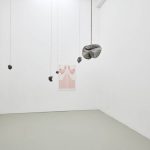
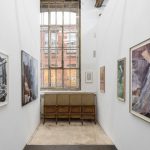
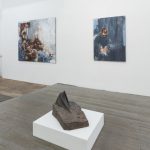
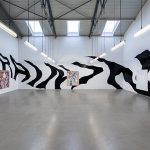

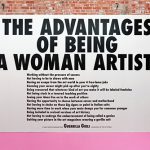
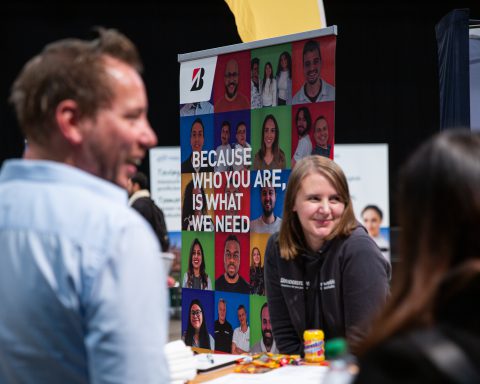

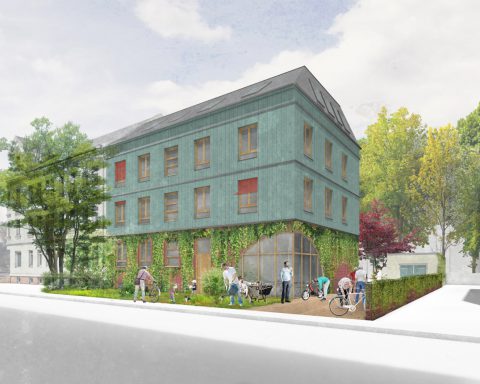



![Wine & Paint event on 9 Nov. 2024 at Felix Restaurant, Leipzig. Photo: Florian Reime (@reime.visuals] / Wine & Paint Leipzig](https://leipglo.com/wp-content/uploads/2024/12/pixelcut-export-e1733056018933-480x384.jpeg)

